ZIP
Type of resources
Available actions
Topics
Keywords
Contact for the resource
Provided by
Years
Formats
Representation types
Update frequencies
status
Scale
Resolution
-
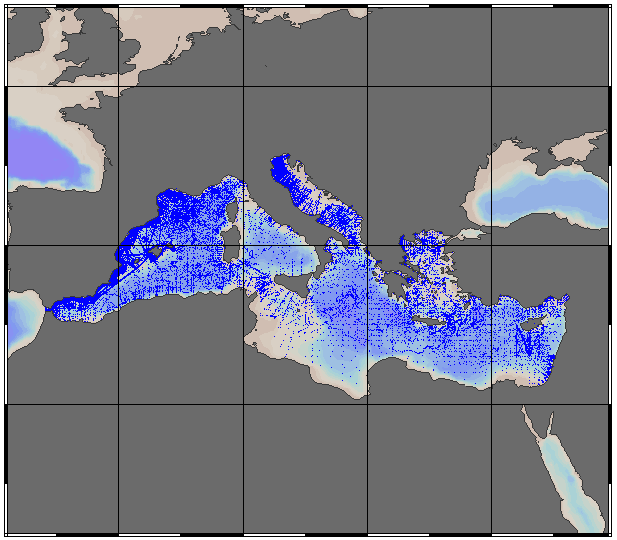
EMODnet Chemistry aims to provide access to marine chemistry data sets and derived data products concerning eutrophication, acidity and contaminants. The chemicals chosen reflect importance to the Marine Strategy Framework Directive (MSFD). ITS-90 water temperature and Water body salinity variables have been also included (as-is) to complete the Eutrophication and Acidity data. If you use these variables for calculations, please refer to SeaDataNet for having the quality flags: https://www.seadatanet.org/Products/Aggregated-datasets . This aggregated dataset contains all unrestricted EMODnet Chemistry data on Eutrophication and Acidity (15 parameters with quality flag indicators), and covers the Mediterranean Sea with 187722 CDI records (180932 Vertical profiles and 6790 Time series). Vertical profiles temporal range is from 1911-08-17 to 2020-10-16. Time series temporal range is from 1974-06-04 to 2018-02-20. Data were aggregated and quality controlled by 'Hellenic Centre for Marine Research, Hellenic National Oceanographic Data Centre (HCMR/HNODC)' from Greece. Regional datasets concerning eutrophication and acidity are automatically harvested and resulting collections are aggregated and quality controlled using ODV Software and following a common methodology for all Sea Regions ( https://doi.org/10.6092/9f75ad8a-ca32-4a72-bf69-167119b2cc12). When not present in original data, Water body nitrate plus nitrite was calculated by summing up the Nitrates and Nitrites. Same procedure was applied for Water body dissolved inorganic nitrogen (DIN) which was calculated by summing up the Nitrates, Nitrites and Ammonium. Parameter names are based on P35, EMODnet Chemistry aggregated parameter names vocabulary, which is available at: https://www.bodc.ac.uk/resources/vocabularies/vocabulary_search/P35/. Detailed documentation is available at: https://dx.doi.org/10.6092/4e85717a-a2c9-454d-ba0d-30b89f742713 Explore and extract data at: https://emodnet-chemistry.webodv.awi.de/eutrophication%3EMediterranean The aggregated dataset can also be downloaded as ODV collection and spreadsheet, which is composed of metadata header followed by tab separated values. This spreadsheet can be imported to ODV Software for visualisation (More information can be found at: https://www.seadatanet.org/Software/ODV ). The original datasets can be searched and downloaded from EMODnet Chemistry Chemistry CDI Data and Discovery Access Service: https://emodnet-chemistry.maris.nl/search
-
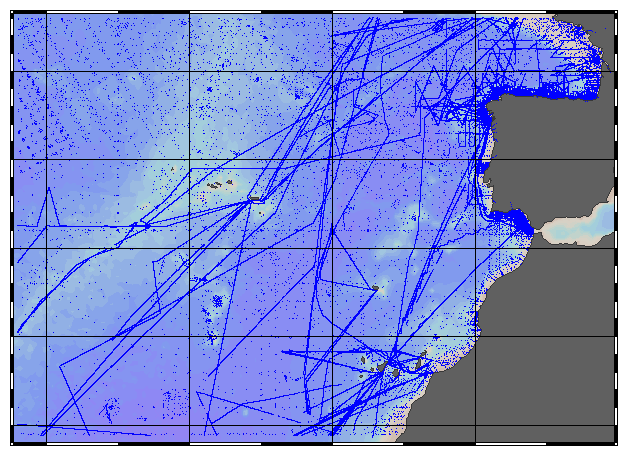
EMODnet Chemistry aims to provide access to marine chemistry data sets and derived data products concerning eutrophication, acidity and contaminants. The chemicals chosen reflect importance to the Marine Strategy Framework Directive (MSFD). ITS-90 water temperature and Water body salinity variables have been also included (as-is) to complete the Eutrophication and Acidity data. If you use these variables for calculations, please refer to SeaDataNet for having the quality flags: https://www.seadatanet.org/Products/Aggregated-datasets. This aggregated dataset contains all unrestricted EMODnet Chemistry data on Eutrophication and Acidity (18 parameters with quality flag indicators), and covers the Northeast Atlantic Ocean (40W) with 381639 CDI records (381085 Vertical profiles and 554 Time series). Vertical profiles temporal range is from 1921-10-15 to 2020-10-16. Time series temporal range is from 1974-06-14 to 2019-04-24. Data were aggregated and quality controlled by 'IFREMER / IDM / SISMER - Scientific Information Systems for the SEA' from France. Regional datasets concerning eutrophication and acidity are automatically harvested and resulting collections are aggregated and quality controlled using ODV Software and following a common methodology for all Sea Regions ( https://doi.org/10.6092/9f75ad8a-ca32-4a72-bf69-167119b2cc12). When not present in original data, Water body nitrate plus nitrite was calculated by summing up the Nitrates and Nitrites. Same procedure was applied for Water body dissolved inorganic nitrogen (DIN) which was calculated by summing up the Nitrates, Nitrites and Ammonium. Parameter names are based on P35, EMODnet Chemistry aggregated parameter names vocabulary, which is available at: https://www.bodc.ac.uk/resources/vocabularies/vocabulary_search/P35/. Detailed documentation is available at: https://dx.doi.org/10.6092/4e85717a-a2c9-454d-ba0d-30b89f742713 Explore and extract data at: https://emodnet-chemistry.webodv.awi.de/eutrophication%3EAtlantic The aggregated dataset can also be downloaded as ODV collection and spreadsheet, which is composed of metadata header followed by tab separated values. This spreadsheet can be imported to ODV Software for visualisation (More information can be found at: https://www.seadatanet.org/Software/ODV ). The original datasets can be searched and downloaded from EMODnet Chemistry Chemistry CDI Data and Discovery Access Service: https://emodnet-chemistry.maris.nl/search
-
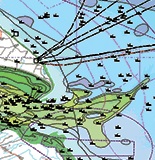
-
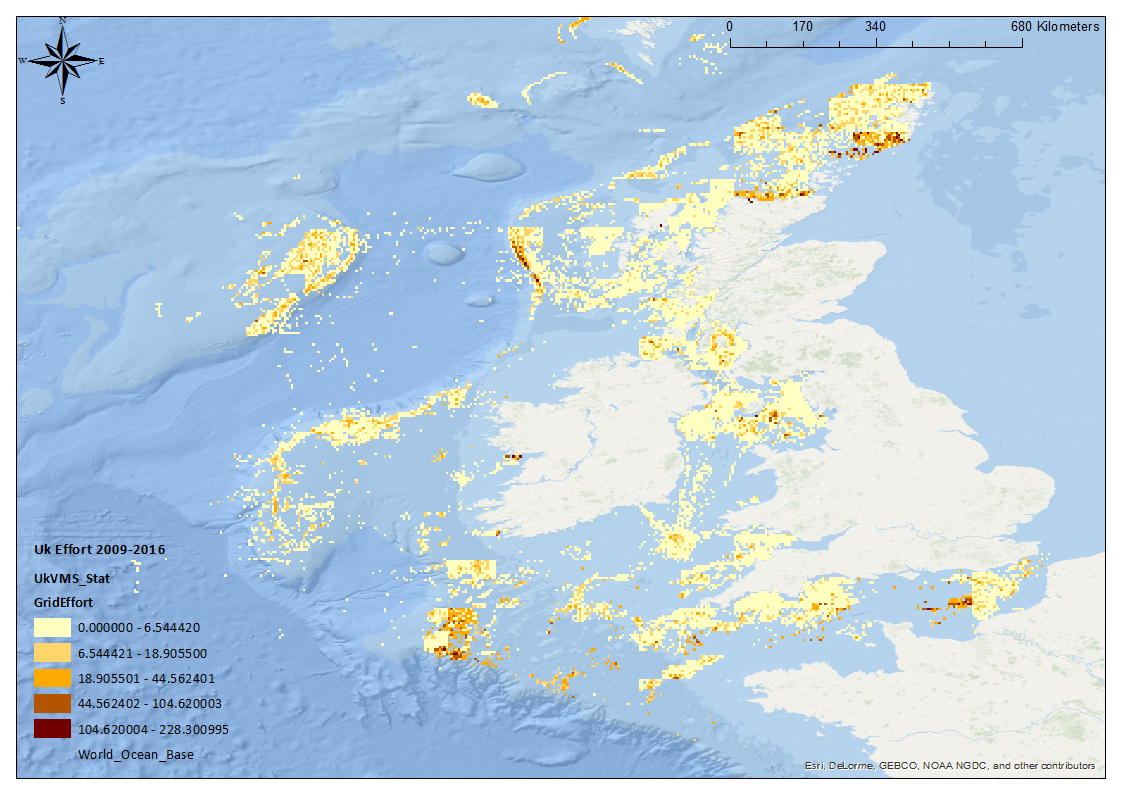
-

-
Pour les DOM il n’y a que le niveau D (département), pour les autres régions il y a au moins les niveaux D et C (territoires de santé du PRS I), et pour Normandie, Grand Est, Pays de la Loire, Bretagne, Nouvelle-Aquitaine, Auvergne-Rhône-Alpes, il y a les 4 niveaux. Attention aux totaux par année, par région et par niveau, il peut y avoir des écarts entre les niveaux pour chaque région. Le plus souvent c’est à la marge, mais pour Normandie, Grand Est, Nouvelle-Aquitaine c’est plus important (seuls les niveaux D et C donnent le même total régional) du fait que certains regroupements maison fournis par l’ARS n’ont pas été « projetés » par l’INSEE, en raison des contraintes du modèle de projection Omphale 2017.
-
Cette liste définit les 121 communes du périmètre d'étude de la première Charte du PNR de Millevaches en Limousin. Ce périmètre est arrêté par délibération du Conseil Régional du Limousin.
-
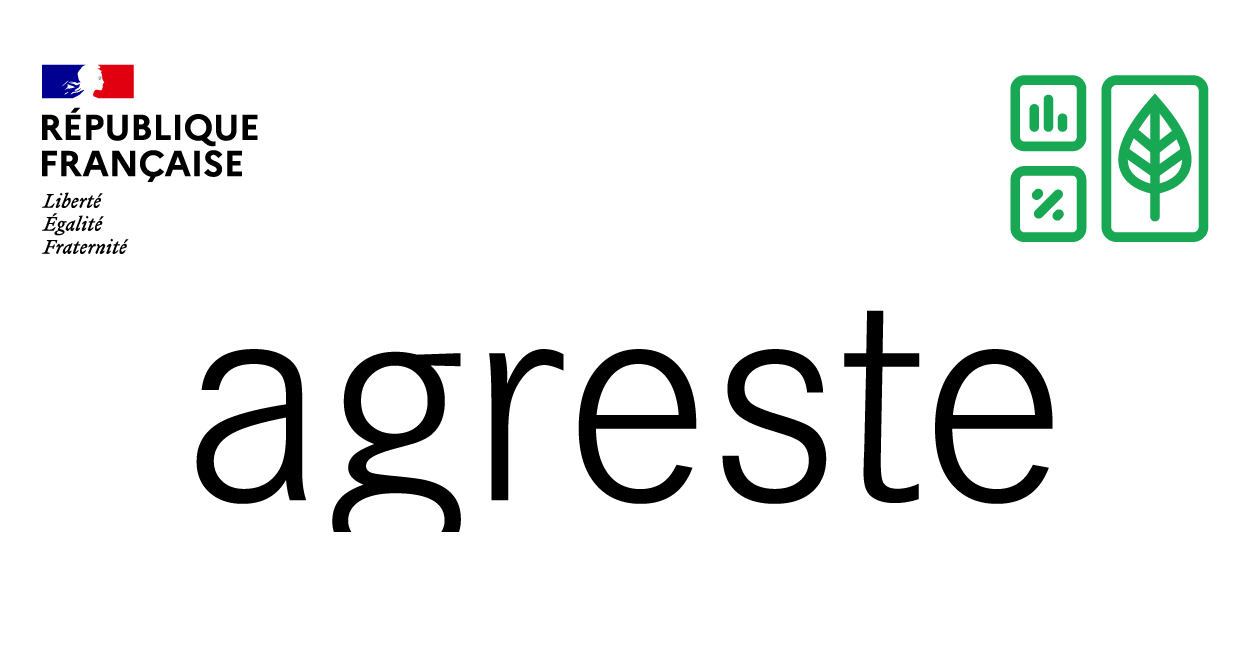
Evolution des prix des terres et prés à l'échelle départementale en France Métropolitaine, du prix des vignes en métropole et du prix des terres dans les Outre-Mer. Les données couvrent la période 2016-2020.
-

La Loi sur l’Eau et les Milieux Aquatiques a institué l’obligation pour les distributeurs de produits phytosanitaires de déclarer leurs ventes annuelles (année n) de produits phytosanitaires avant le 31 mars (année n+1) auprès des agences et offices de l’eau dont dépendent leurs sièges dans les conditions fixées par ces dernières. Cette déclaration doit permettre de suivre les ventes sur le territoire national (« objectif de « traçabilité des ventes ») pour mieux évaluer et gérer le risque « pesticides » mais aussi d’établir le montant de la redevance pour pollutions diffuses pour chacun de ces distributeurs. En effet, ce montant est fonction de la quantité commercialisée et de la composition en substances de chaque produit vendus, le code de l’environnement (art. L. 213-10-8) définissant les catégories de substances taxées et les taux associés. Les données déclaratives réalisées par des distributeurs agréés de vente de produits sont stockées dans la banque nationale des ventes de produits phytosanitaires (BNV-D). Les données saisies par les distributeurs en quantités de produits vendus sont ainsi transformées en quantités de substances actives grâce à un référentiel de données fournissant la composition de produits, le classement de ces substances au regard des arrêtés substances pris chaque année listant les substances soumises à la redevance pour pollutions diffuses.
-
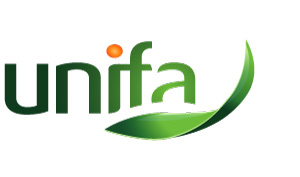
Rapports présentant les tonnages de livraisons d'engrais minéraux et organo-minéraux par région de 2010 à 2018. Ces données sont issues des campagnes menées par l'UNIFA (Union des industries de la fertilisation) pour le compte du service statistique SSP du ministère de l’Agriculture et de l’Alimentation.
 Catalogue PIGMA
Catalogue PIGMA